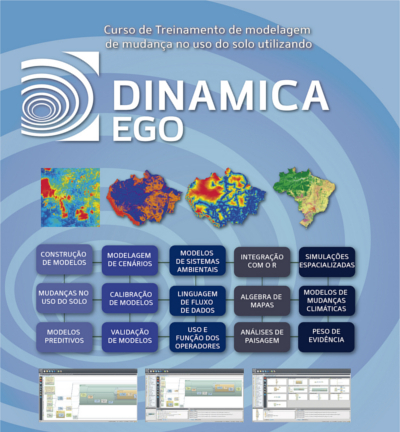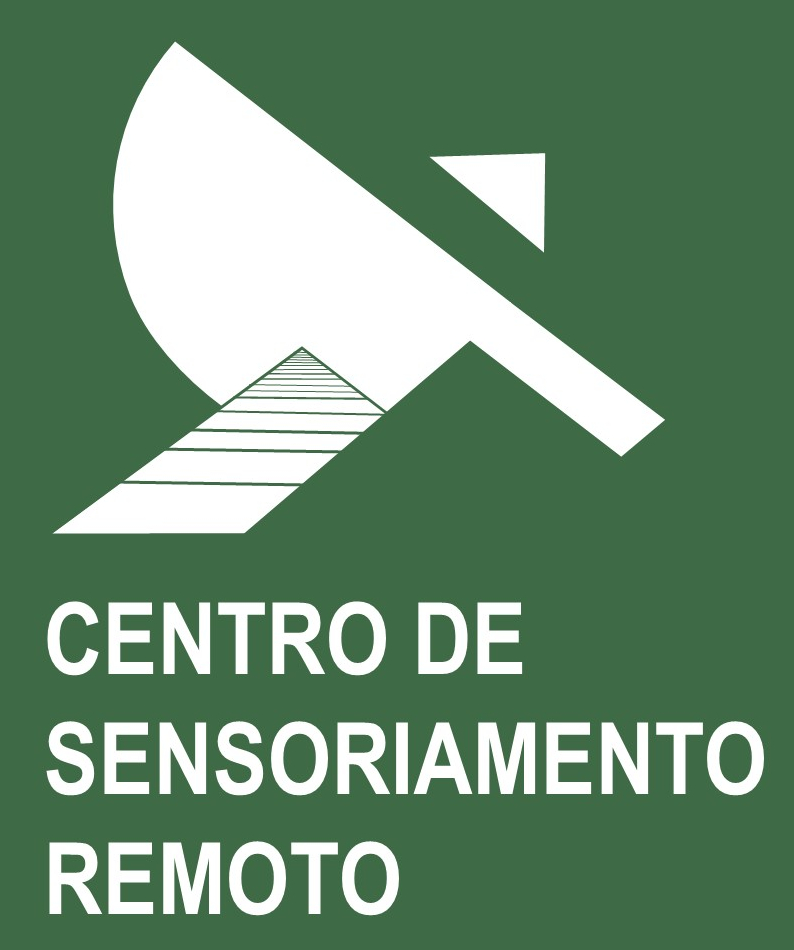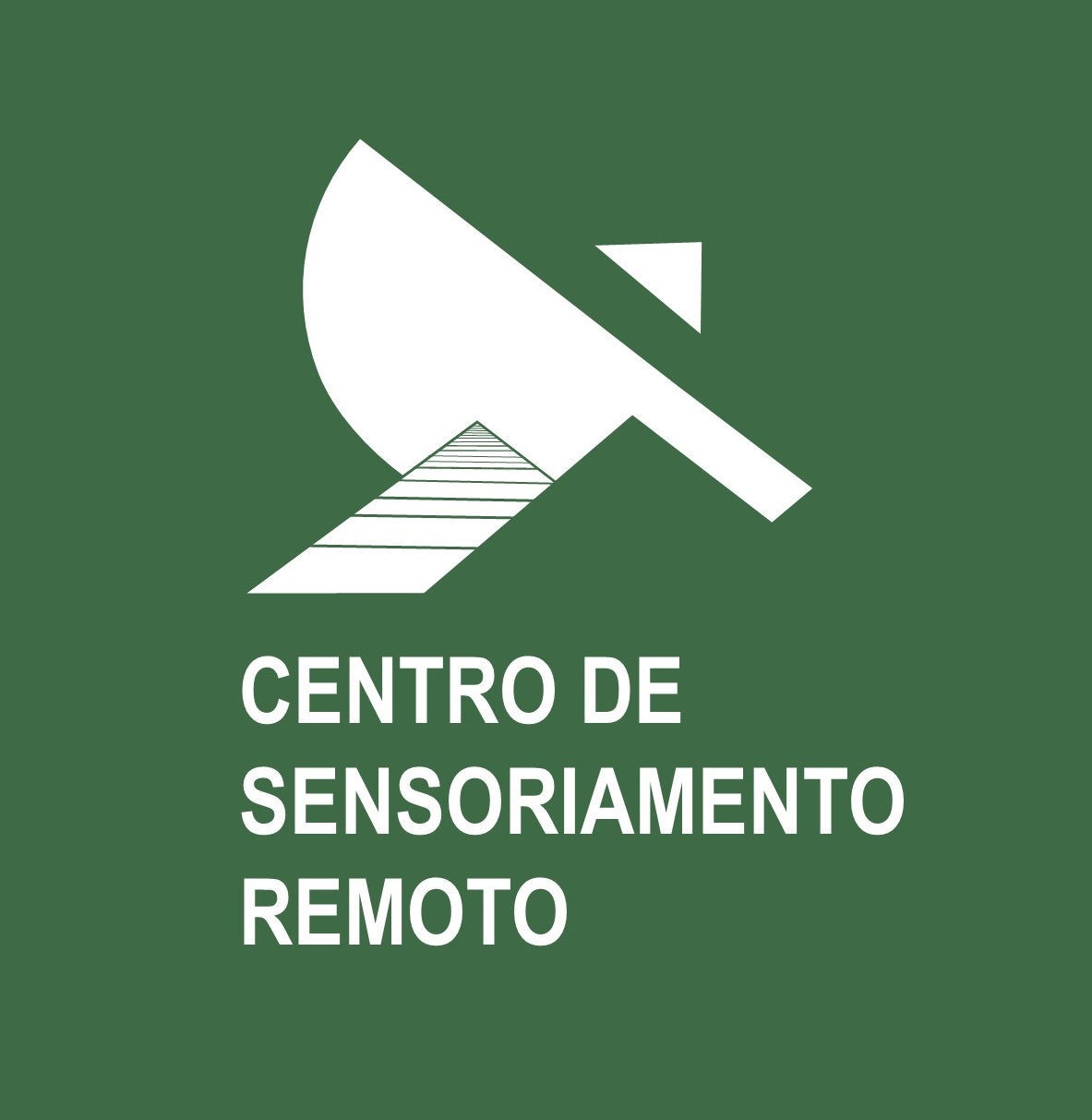
Program:
– Brief theory on land use change modeling
– Visual interface, library of analytical and simulation algorithms, and high level programming language of Dinamica EGO.
– Introductory lessons on how to use maps, tables and include iterations. See https://www.csr.ufmg.br/dinamica/dokuwiki/doku.php?id=guidebook_start
– Design and use of submodels.
– Design, calibration, validation, and operation of land use change model.
– Examples of applications of Dinamica EGO, including fire spread, carbon cycling and emissions, fluvial regime, spatially-explicit land use rent models, and other econometric models.

Program:
– Brief theory on methods of analysis in biodiversity, biogeography and macroecology.
– Use of functions of the Biodinamica package
– Examples of biodiversity modeling.
– Use of models of beta diversity, phylogenetic diversity, endemism and richness.
– Species distribution models in Biodinamica.
– Examples of biodiversity analysis and creation of biodiversity models.
Date: to be disclosed.
Location: Institute of Geosciences, Federal University of Minas Gerais, Belo Horizonte.
Module I – Modeling Environmental Dynamics with Dinamica EGO
The course aims to introduce the vast possibilities of Dinamica EGO for the design of space-time models.
Program:
– Brief theory on land use change modeling
– Visual interface, library of analytical and simulation algorithms, and high level programming language of Dinamica EGO.
– Introductory lessons on how to use maps, tables and include iterations. See https://www.csr.ufmg.br/dinamica/dokuwiki/doku.php?id=guidebook_start
– Design and use of submodels.
– Design, calibration, validation, and operation of land use change model.
– Examples of applications of Dinamica EGO, including fire spread, carbon cycling and emissions, fluvial regime, spatially-explicit land use rent models, and other econometric models.
Requirement: Experience with GIS or environmental modeling
Duration: 4 days (6 hours per day).
Module II – Modeling Environmental Dynamics with Dinamica EGO
– Use of Genetic Algorithm tool to calibrate space-time models.
– Incorporating dynamic variables, such as dynamic transition matrices and dynamic maps, into a dynamic model.
– Bridging spatial scales by means of subregions.
– Advanced tools to make complex models intelligible and user-friendly, such as the use of alias, functor Group, comments, and how to build a wizard tutorial for end-users of a model.
– EGO programming language.
– Creating your own Cellular Automata model on Dinamica EGO.
– Quantifying landscape metrics through Dinamica EGO, and how to use these metrics to calibrate land use change simulations.
– Examples of complex models built on Dinamica EGO, such as fire spread, Brazil nut rent, performance evaluation of protected areas, and REDD+ studies.
– Exchanging experiences with Dinamica EGO team and users.
Requirement: Experience with GIS or environmental modeling and Dinamica EGO.
Duration: 4 days (6 hours per day).

